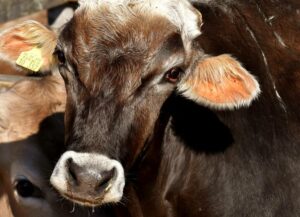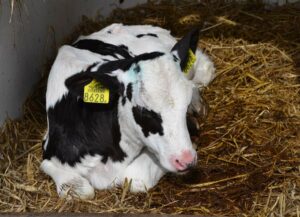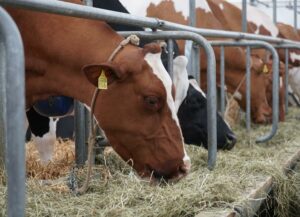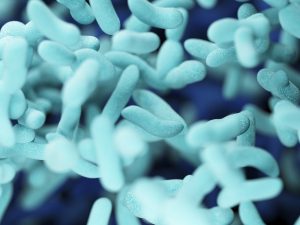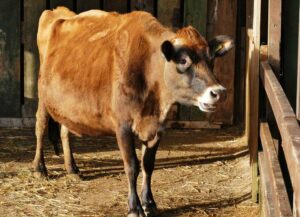Alvaro Garcia
Genetics of modern dairy cows require of high energy diets to maintain high production and adequate reproduction. To accomplish this highly fermentable feedstuffs are included in their rations. High starch-containing diets can oftentimes be responsible for ruminal acidosis and other associated problems that may challenge the cow’s well-being.
Dairy cow health professionals and caretakers follow several clinical signs to monitor the effects of such diet changes. It is thus very important to be aware which are these indicators, in order to be able to allow for an early, more successful intervention. Some of these have frequently been used to detect subacute ruminal acidosis (SARA) such as negative effects on production, milk fat depression, liver abscesses, lameness, erratic feed intake o other animal behavior disorders. Which are the best non-rumen indicators that can help detect animals affected by high starch diets?
In a 2019 research trial dairy cows were fed low starch diets, followed by high starch, and then returning to the initial low starch diet:
- Four-week control period with a low 13%-starch diet
- Four-week period with 35%-starch diet
- Three-week recovery period with again 13% starch.
Animal behavior was monitored throughout the experiment, and feces, urine, saliva, milk and blood were sampled in each cow at least once a week for analysis. A total of 16 indicators were found to be the most representative of a high starch challenge. A combination of non-invasive indicators showed 18 different models were able to detect animals affected by P2 challenge among all possible equations built from 16 explanatory indicators: 13 models had 2 indicators and 5 models had 3 indicators. Models were classified according to their sensitivity and specificity. The models chosen had a biological justification and could be easily used on-farm.
Following are the top 5 predictive models in order of sensitivity (SE: above 93) and specificity (SP; above 90). The most reliable was Model 1 with SE=100 and SP=100.
- Model 1:
SE=100 and SP=100. Indicator 1 = DM intake (DMI); Indicator 2 = Blood bicarbonate concentration; Indicator 3 = milk urea concentration.
- Model 2:
SE=95.5 and SP=90.9. Indicator 1 = Blood cholesterol mmol/L; Indicator 2 = Milk fatty acid n-6, g/100 g fatty acid
- Model 3:
SE=95.5 and SP=90.9. Indicator 1 = DMI; Indicator 2 = Milk n-6 PUFA, g/100 g FA
- Model 4:
SE=93.9 and SP=100.0. Indicator 1 = Blood bicarbonate mmol/L; Indicator 2 = Milk urea, mmol/L.
- Model 5:
SE=93.9 and SP=90.0. Indicator 1 = Blood bicarbonate mmol/L; Indicator 2 = Milk fat: protein ratio.
This trial addressed the reliability of 18 different indicators to predict cows at risk for acidosis. The best predictive model (100% specificity and sensibility) used three variables: DMI, blood bicarbonate and milk urea concentration. Other models that were also useful used among others blood cholesterol, milk n-6, and milk protein:fat ratio. This experiment underscores the usefulness of this methods to assess SARA and the risk of other digestive disorders in high producing dairy cows.
Reference
Villot, C., Martin, C., Bodin, J., Durand, D., Graulet, B., Ferlay, A., … Silberberg, M. 2020. Combinations of non-invasive indicators to detect dairy cows submitted to high-starch-diet challenge. Animal: 14(2): 388-398.
© 2020 Dairy Knowledge Center, LLC. All Rights Reserved.


